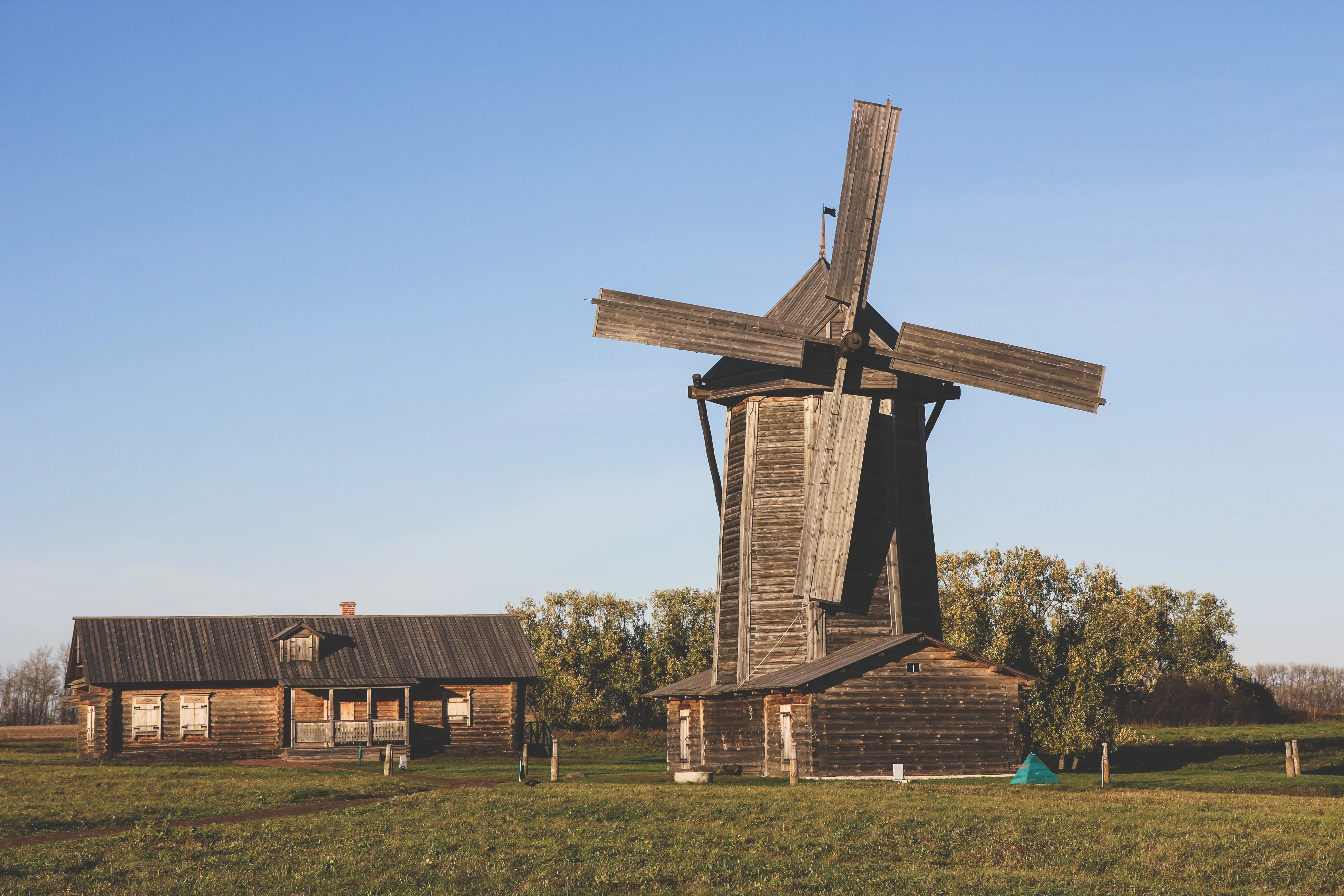Case Studies: Farms Thriving with Renewable Energy
Be inspired by 'Case Studies: Farms Thriving with Renewable Energy' from Vriksha Farms. This blog post showcases real-world examples of how farms are successfully implementing renewable energy solutions. Explore how solar power, wind turbines, and biogas enhance farm productivity and sustainability. Discover the economic benefits, environmental impacts, and practical strategies for adopting renewable energy in agriculture. Learn from these success stories to empower your own journey towards a more sustainable and efficient farming future.

Introduction
In the evolving landscape of agriculture, the integration of renewable energy is becoming a cornerstone for sustainability. Vriksha Farms, a leader in responsible agroforestry and sustainable farming, recognizes the transformative impact of renewable energy in agriculture. This blog post delves into various case studies showcasing farms that have successfully integrated renewable energy, examining the benefits and implications for the agricultural community.
The Shift to Renewable Energy in Agriculture
Embracing a Sustainable Future
Renewable energy, encompassing solar, wind, and biomass, marks a shift towards self-reliance and environmental stewardship. Farms adopting these technologies are not only reducing their environmental impact but also enhancing their economic viability.
Case Study 1: Solar-Powered Success
- Farm Profile
A medium-sized farm specializing in organic produce integrates solar panels for its energy needs.
- Implementation
The farm installed photovoltaic panels to power irrigation systems and farm buildings. The excess energy is stored or fed into the grid for additional revenue.
- Outcomes
The farm significantly reduced its energy bills and carbon footprint, while the surplus energy generated added a new revenue stream.
Case Study 2: Harnessing the Wind
- Farm Profile
A large-scale livestock farm in a windy region invests in wind turbines.
- Implementation
The farm installed several wind turbines, which now provide the majority of its energy requirements.
- Outcomes
The farm achieved energy independence, reducing reliance on external power sources and lowering operational costs.
Case Study 3: Biomass Energy in Action
- Farm Profile
A mixed-crop farm utilizes biomass energy by converting crop residue and manure into electricity.
- Implementation
The farm set up a small-scale biogas plant to process organic waste into energy.
- Outcomes
This approach provided a sustainable energy source and effectively managed farm waste, enhancing overall farm efficiency.
Implementing Renewable Energy: Key Considerations
- Assessing Needs and Resources
Each farm conducted an energy audit to understand their specific energy needs and resource availability.
- Selecting Appropriate Technology
Choosing the right renewable energy technology was crucial, considering factors like location, climate, and farm size.
- Financial Planning and Incentives
Investigating available incentives and grants helped offset the initial costs, making the projects more financially viable.
Conclusion
These case studies exemplify the significant benefits of integrating renewable energy into farm operations. By adopting solar, wind, or biomass energy, farms can reduce their carbon footprint, achieve energy independence, and even generate revenue. Vriksha Farms, through its commitment to sustainable practices, offers managed farmland plots where such innovative approaches to renewable energy are encouraged and implemented.
